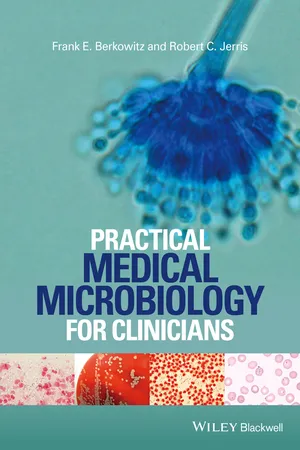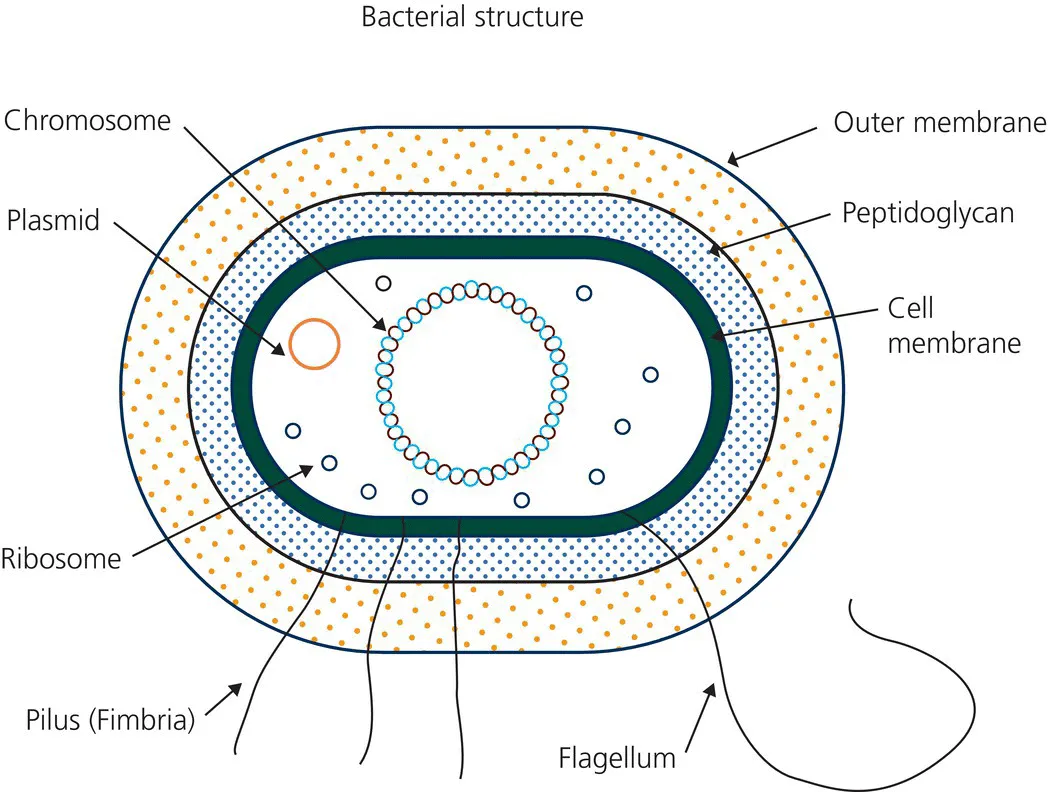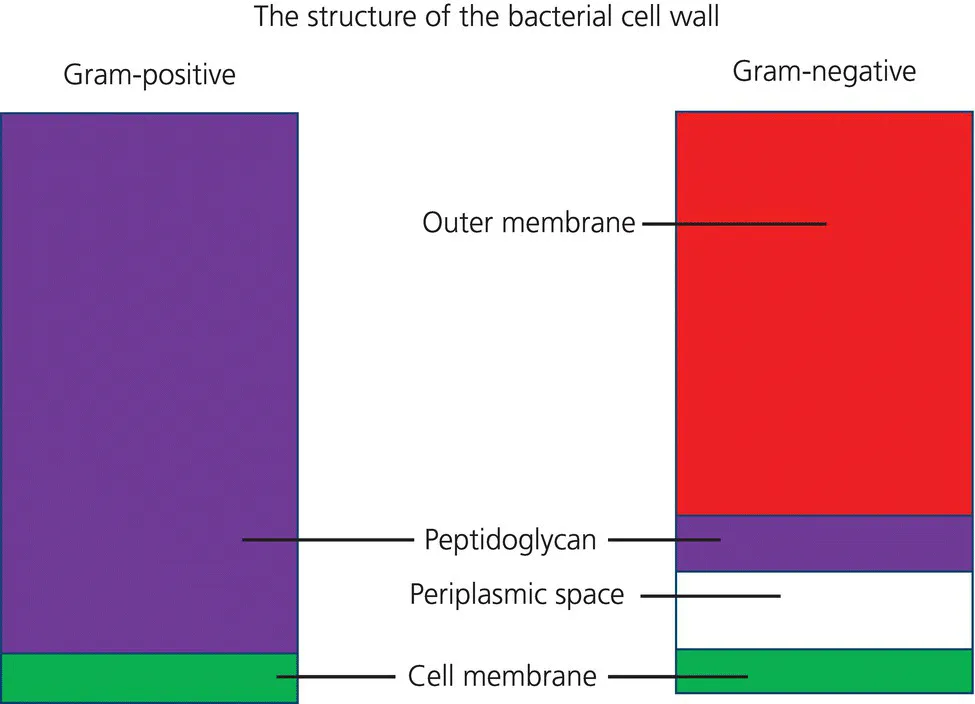
Practical Medical Microbiology for Clinicians
Frank E. Berkowitz, Robert C. Jerris
- English
- ePUB (adapté aux mobiles)
- Disponible sur iOS et Android
Practical Medical Microbiology for Clinicians
Frank E. Berkowitz, Robert C. Jerris
À propos de ce livre
Infectious diseases constitute a major portion of illnesses worldwide, and microbiology is a main pillar of clinical infectious disease practice. Knowledge of viruses, bacteria, fungi, and parasites is integral to practice in clinical infectious disease.
Practical Medical Microbiology is an invaluable reference for medical microbiology instructors. Drs. Berkowitz and Jerris are experienced teachers in the fields of infectious diseases and microbiology respectively, and provide expert insight into microorganisms that affect patients, how organisms are related to each other, and how they are isolated and identified in the microbiology laboratory. The text also is designed to provide clinicians the knowledge they need to facilitate communication with the microbiologist in their laboratory.
The text takes a systematic approach to medical microbiology, describing taxonomy of human pathogens and consideration of organisms within specific taxonomic groups. The text tackles main clinical infections caused by different organisms, and supplements these descriptions with clinical case studies, in order to demonstrate the effects of various organisms.
Practical Medical Microbiology is an invaluable resource for students, teachers, and researchers studying clinical microbiology, medical microbiology, infectious diseases, and virology.
Foire aux questions
Informations
SECTION III
Bacteriology
CHAPTER 9
Bacteriology
Structure of bacteria

Cell wall (Fig. 9.2)

Genetic changes
- Mutation: because bacteria have short generation times, mutations during replication can accumulate rapidly. Some of these may give the organisms a survival advantage.
- Acquisition of genetic material, by various mechanisms.
- Conjugation: this is by the transfer of plasmids from a donor bacterial cell to a recipient cell. The plasmid DNA can replicate as does that of the chromosome. A plasmid that can be integrated into the chromosome is called an episome.
- Transformation: this is the acquisition of DNA from the environment. This phenomenon was first demonstrated when live non-encapsulated pneumococci were mixed in a medium with dead encapsulated pneumococci. The live pneumococci acquired the ability to make capsules, indicating their ability to take up genetic material from the medium. This observation contributed to the discovery of the structure of DNA.
- Transduction: this is the process by which a bacteriophage (a virus infecting a bacterium) introduces DNA into the bacterial cell. This DNA can be incorporated into the bacterial DNA (in which case it is called lysogenic), or it may remain in the cytosol, in which case it will replicate and cause lysis of the bacterial cell (lytic). An example of genetic material conferred by a bacteriophage is the gene for diphtheria toxin production in Corynebacterium diphtheria (see Chapter 12).